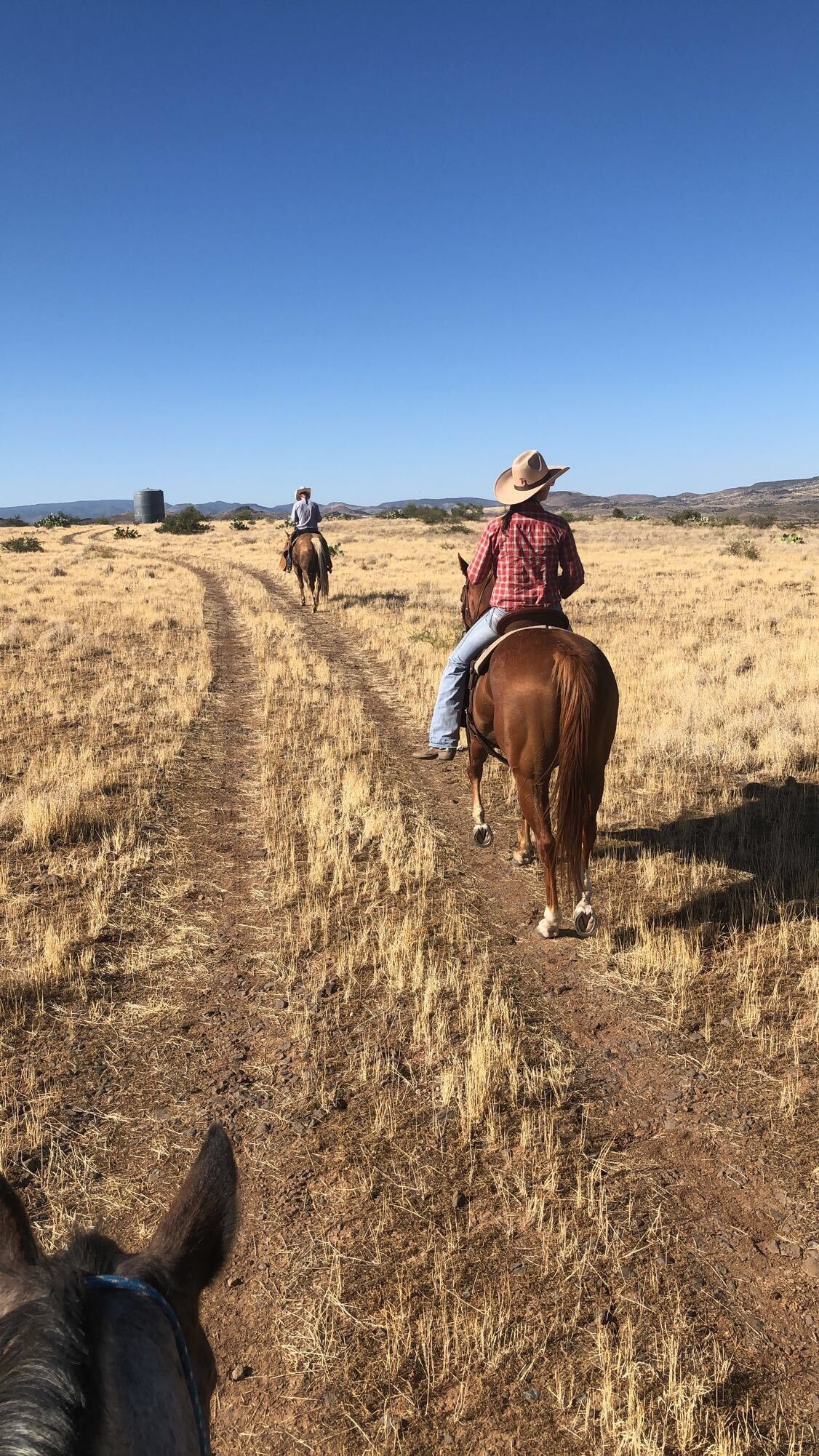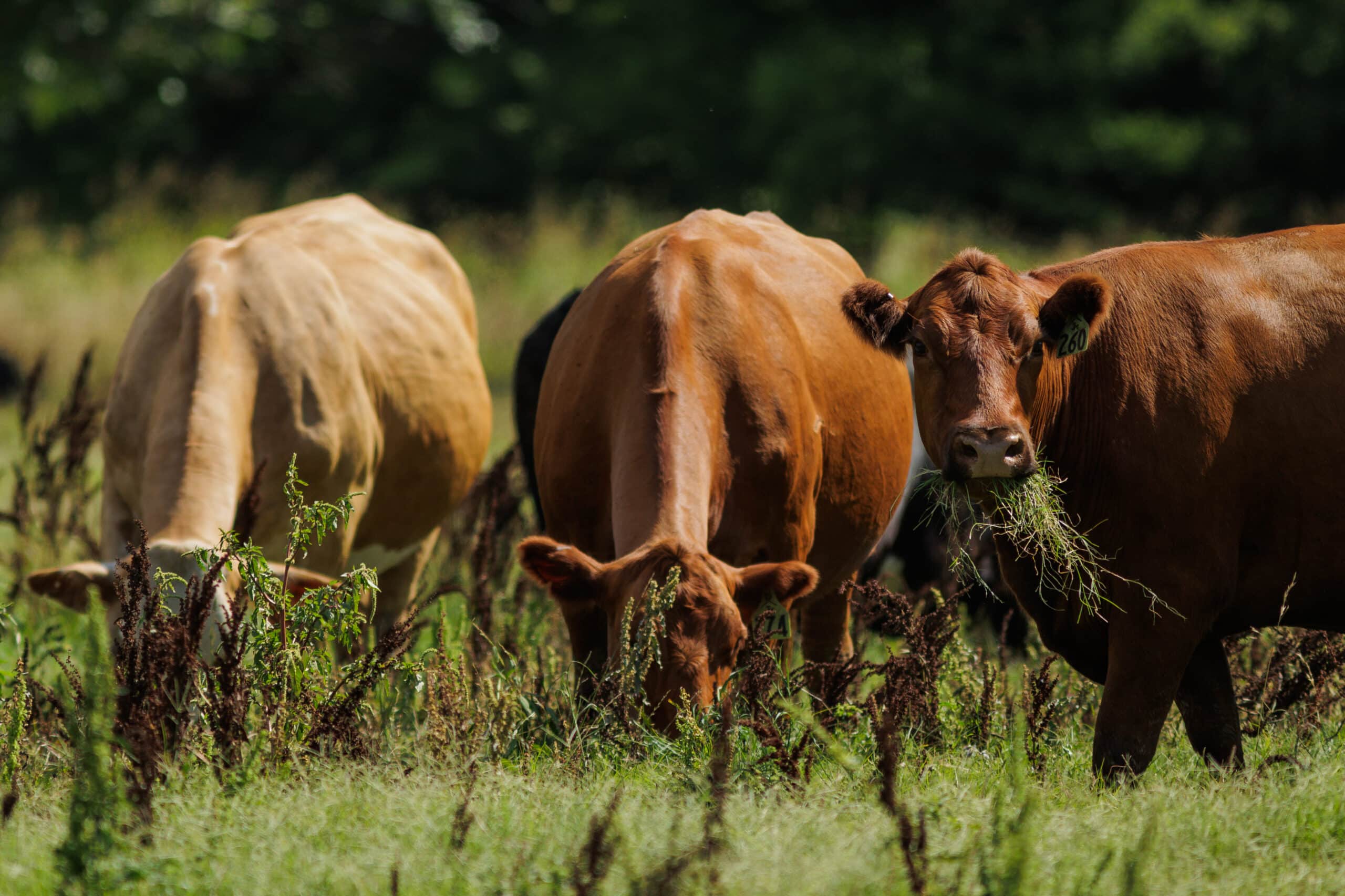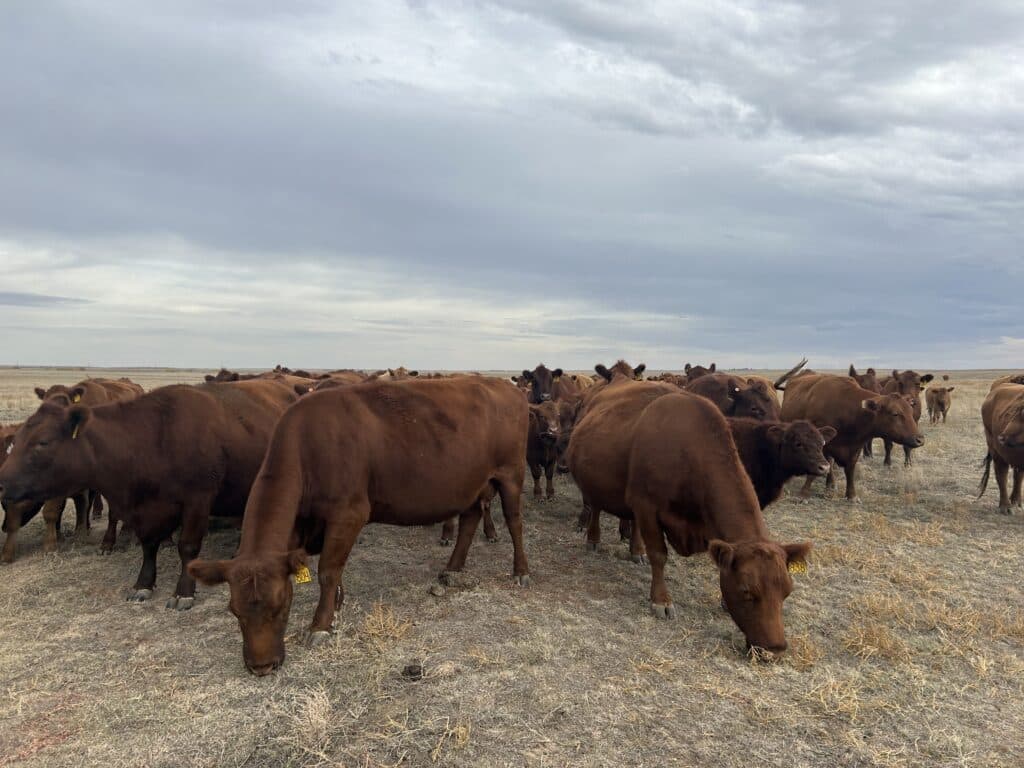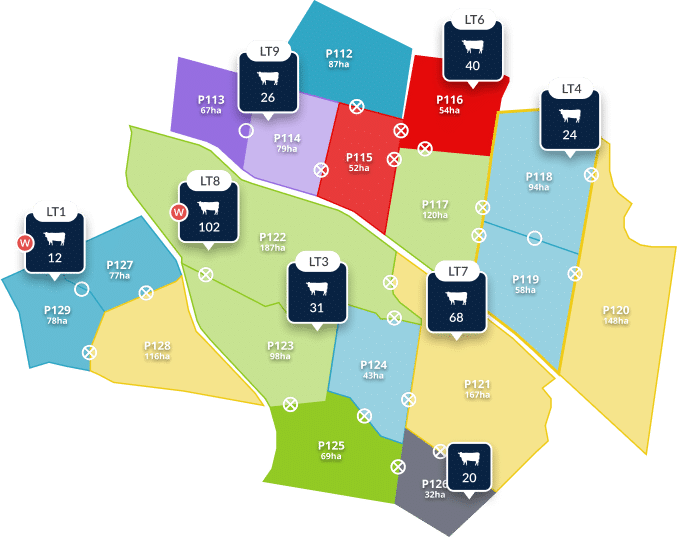Are you team stock days or feed on offer (FOO)?

You can’t manage what you don’t measure, and since your grass inventory is vital to your operation’s success, it’s imperative that you measure it consistently. One of the differing perspectives in the grazing space is how you should measure your feed availability. Two popular methods are in Stock days (or DSE days) and FOO (kgDM/ha). Both measurements will help you maximise pasture utilisation, but each have a different focal point; your livestock or your pastures.
While understanding the difference will help you choose which one suits your operation best, it’s important to remember that the goal is to effectively balance your stocking rate (livestock demand) with your carrying capacity (feed availability).
Stock days
The term stock days refers to the number of days one animal unit can graze on a given amount of pasture. This is typically measured as stock days per hectare (SDH) or DSE days per hectare (DDH). SDH is a comprehensive view of available pasture or forage and takes into account pasture quality, livestock nutritional requirements, and desired forage utilisation. Taking these factors into consideration empower you to make informed decisions about land management.
When calculating SDH or DDH, it’s important to recognise that livestock vary based on size (weight) and level of productivity (ADG or lactation/preg status) which determines their consumption. This approach ensures your pastures have adequate time to rest and grow, enabling you to graze during phase 2 of plant growth to prevent rank grass (leaving it rested too long) or grazing down to phase 1 grass (meaning it’s slower to grow back).
Feed on offer (FOO)
Feed on offer (FOO) refers to the amount of pasture biomass available for grazing at any given time, typically measured in kilograms of dry matter per hectare (kg DM/ha). Farmers use FOO to assess pasture conditions and make informed decisions about stocking rates and grazing durations. These adjustments are based on the projected FOO, which takes into account the stocking load and how much the animals will eat down, the current pasture growth rate, and the residual you aim to leave in the paddock.
Like stock days, the goal of using a Feed on offer (FOO) forage observation method is to maximise pasture usage without overgrazing or undergrazing. However, thinking about grazing in terms of kgDM shifts the focus to the quantity of dry matter available right now. It emphasises grazing planning and management based on the amount of forage available at the start of a rotation and the target residual—the amount of dry matter you want to leave behind.
Farmers calculate FOO in various ways. Some visually assess their pastures and estimate kg DM/ha, while others use methods such as pasture cuts, plate meters, or even advanced remote sensing technology, like Cibo Labs.
Benefits of successfully managing your forage
Whichever feed availability measurement you use, the goal is still the same: as a grass farmer, grass is your most important inventory to measure and manage. By successfully doing so, you can experience:
-
- Enhanced productivity and profitability: Understanding your feed availability at a deeper level allows for more precise planning and helps prevent overuse or underuse of pastures. Optimizing grazing schedules maintains forage quality and quantity, supporting improved livestock performance and ultimately leading to greater efficiency and profitability.
-
- Optimised animal nutrition: You’ll experience better livestock productivity when prioritising paddocks with sufficient and nutritious forage. In doing so, you can see improved weight gain, milk production, and general animal health.
-
- Targeted grazing management: By consistently monitoring and measuring your pastures, you’ll develop a better understanding of their condition, enabling a more targeted approach. For example, if your forage is becoming too mature and losing nutritional value, you may decide to graze that paddock sooner. On the other hand, if the forage is still in a high-growth phase, you can delay grazing to maximize its potential.
-
- Better long-term planning: With a clearer picture and better understanding of how many days an area can sustain your livestock, you can make better informed decisions about pasture rest and recovery, which are crucial for maintaining healthy and productive forage over the long term.
-
- Cost savings: By strategically rotating your livestock and matching grazing intensity to forage growth, you can maximise the use of available pasture, which in return, reduces the need to purchase supplemental feed.
Ready to take your grazing to the next level? Download our Profitable pastures: a guide to effective grazing management to dive deeper into grazing strategies and approaches. If you’d like to see how AgriWebb can help you measure and manage your forage in Stock days or Feed on offer, click here to see.


